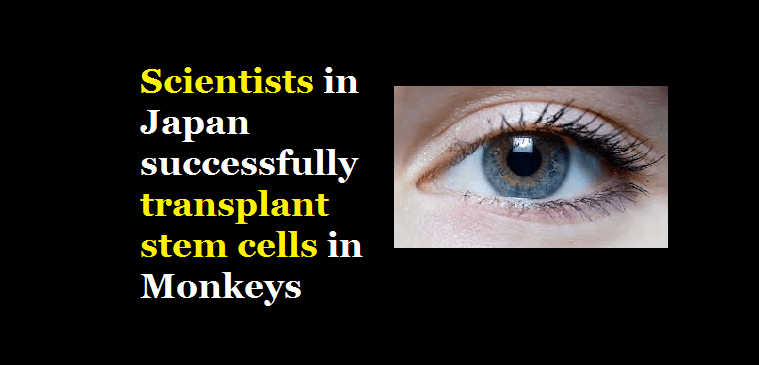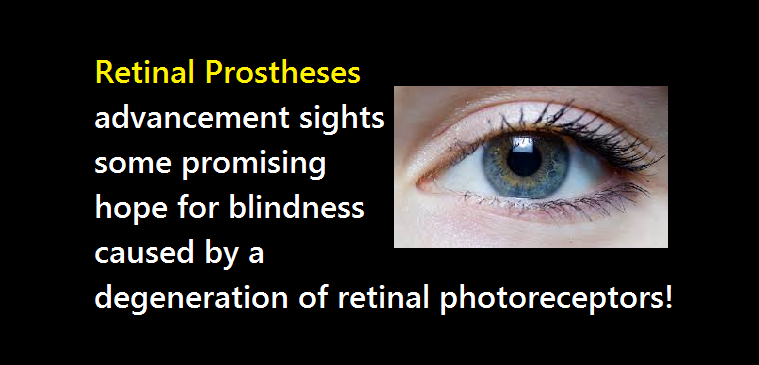Scientists in Japan successfully transplant stem cells in Monkeys
Scientists have successfully transplanted stem cells into the eyes of other monkeys. These were reprogrammed monkey stem cells, and the scientists were successful, without the need for anti-rejection drugs. Researchers tested, a method, Major histocompatibility complex (MHC), to avoid rejections.
The transplant trial was started by a research team at the RIKEN Center for Developmental Biology in Japan. The trial involved patients with age-related macular degeneration and stem cells grown from their own skin cells. The retinal pigment cells were grown by the scientists in the lab from adult cells called induced pluripotent stem cells (iPSCs). These cells were transplanted into patients with damaged retina. Rejection wasn’t an issue, since the iPSCs were created from the patients’ own skin cells.

This method is expensive and time-consuming. The report states,
The cells used must grow at the typical rate of development. As a result, patients would have to wait more than one year before they could receive their transplant.
Dr. Sunao Sugita said in a RIKEN news release,
In order to make iPSC transplantation a practical reality, the current goal is to create banks of iPSC-derived tissues that can be transplanted into anyone as they are needed.
However, immune responses and tissue rejection are big issues to overcome when transplanting tissue derived from other individuals.
To avoid rejections, the researchers tested another method, major histocompatibility complex (MHC).
Major histocompatibility complex (MHC)
MHCs are found in every cell. MHCs are also known as human leukocyte antigens (HLAs), in humans. These are sets of proteins from cell surfaces that function in the immune system.
The study authors stated about MHCs,
If someone undergoes a transplant and their donor MHCs are not recognized by their own T-cells, their immune system will trigger a response and reject the new tissue.
For testing the effectiveness of MHC matching, both genetically matched MHCs as well as mismatched MHCs were given to monkeys. The researchers, took retinal pigment cells from a stem cell bank (that were grown from monkey iPSCs) and transplanted them into the eyes of other monkeys.
Result
Rejection occurred quickly among the MHC-mismatched monkeys, the study result showed. But surprisingly, the transplanted cells in the MHC-matched monkeys survived without rejection for at least six months.
Note: no use of drugs to weaken the immune system.
For humans?
The researchers repeated these experiments using human cells in the lab, in another study in the same issue of the journal. As expected, the results were similar to the monkey trial. But, as stated by Dr. Sugita, the findings from the next clinical trial will let them know if the cell bank are useful in humans or not.
Future Goals
Researchers are focusing on the long-term goal to replace damaged tissues or organs with healthy new ones grown in a lab using stem cells.
Research
RIKEN Center for Developmental Biology in Japan
SOURCE: RIKEN Center for Developmental Biology, news release, Sept. 15, 2016
News Source: Health Day



